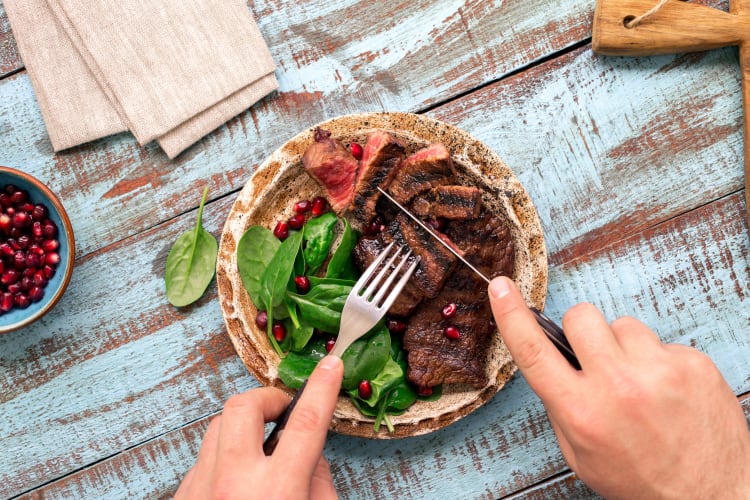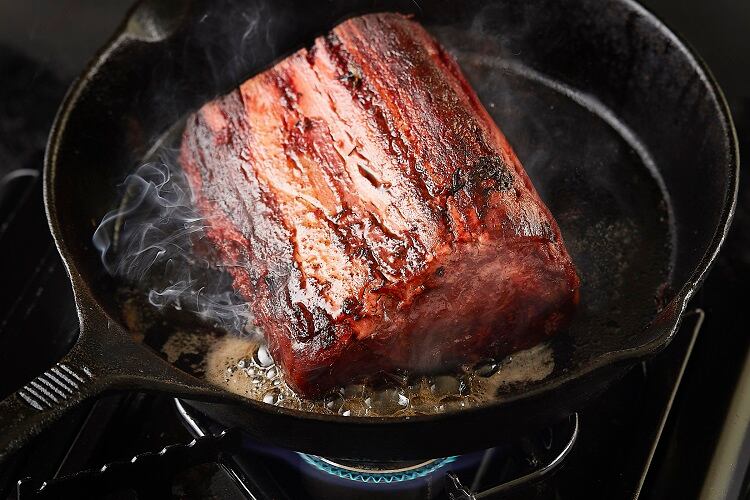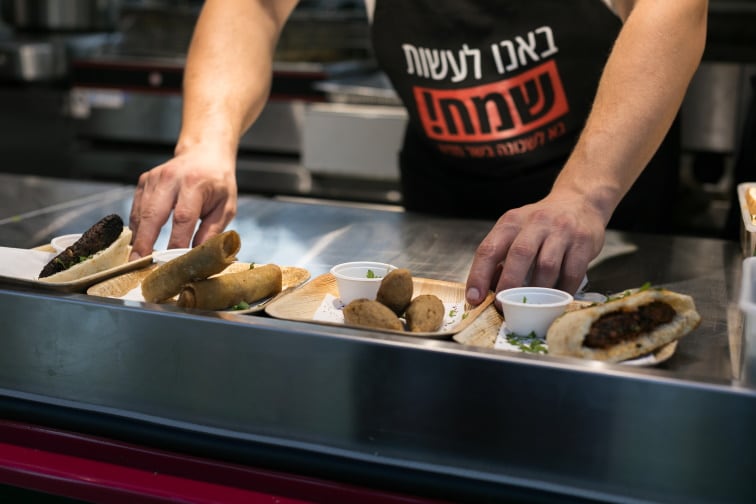During the COVID-19 pandemic, consumer demands for meat reduction and replacement options have temporarily decelerated, market intelligence company Mintel reported, with consumers relaxing their food habits.
However, one company bucking the trend is meat alternative brand, Redefine Meat, as its CEO and Co-Founder, Eshchar Ben-Shitrit, reveals: “During COVID-19 there has certainly been a spike in the popularity of alternative meat.”
Emphasising the amount of funding given to the meat-free food segment, Ben-Shitrit adds: “Over the past 12 months, you only have to look at the levels of investment in the industry and the rise in food retailers and restaurants embracing more alternative meat products on their shelves and menus.”
Health and welfare of people and our planet
From the consumer perspective, COVID-19 has created increased awareness of humanity’s impact on the environment. Climate change has become one of the forefront policies of government agendas—with reducing meat consumption given as one of the biggest ways we can achieve the level of CO2 emissions desired for a healthy planet.
Along with the heightened understanding of our impact on our planet, Ben-Shitrit details: “Meat processing plants have become a hotbed for COVID-19 infections, which has not only put a spotlight on the health and safety of the traditional meat supply chain but also its fragility with many countries witnessing meat shortages.”
“There is no doubting that there is a global drive to reduce our meat intake, but it needs to decrease significantly if we are to achieve the desired impact,” highlights Ben-Shitrit.
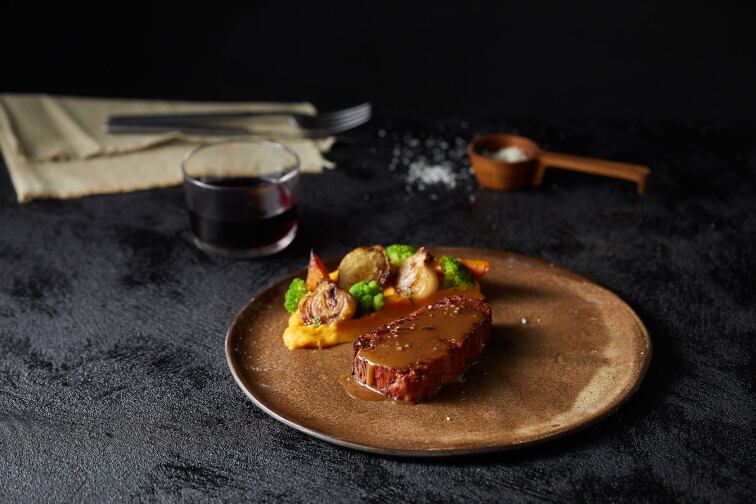
Is now the time for considerable change?
Yet, with the advent of new innovations entering the market at a fast pace, the segment is witnessing a “fast-growing positive narrative around alternative meat and the genuine belief now that significant change is now possible”, expresses Ben-Shitrit.
Redefine Meat took home the top prize at discovery program Foodbytes! By Rabobank in 2019, earning the startup the coveted People’s Choice Award for their pioneering animal-free meat.
With the two years that followed arguably amongst the most challenging and shifting in history for agrifood businesses, we asked Redefine Meat’s Ben-Shitrit how the market has changed.
“We have definitely seen a rise in alternative meat movement in the past few years, with consumers becoming more conscious of the environment and the food ecosystem more proactive in offering a greener menu,” says Ben-Shitrit.
Recently, for example, plant-based meat substitutes producer, Beyond Meat, partnered with global heavyweights McDonald’s and PepsiCo to increase the accessibility of alternative meat products.
Drawing on the doubts and reservations experienced and expressed by consumers, Ben-Shitrit points out: “While the vegan and vegetarian community would be the first to embrace this, for everyday meat lovers, making the jump to alternative meat still brings a lot of cynicism and apprehension.”
Matching the sensorial experience
The main reason for this Redefine Meat says, is that, despite all the progress made by trailblazers like Beyond Meat and Impossible Foods, there is still a major gap that exists between the taste and texture of alternative meat and the experience meat lovers are accustomed to with animal meat.

“The will to be more sustainable is there, but not at a compromise—especially with premium products like steak,” Ben-Shitrit emphasises.
However, today, rapid progress at the technology-level to address this gap is underway, to offer meat alternative products that fulfil the taste, texture, smell and colour properties required to narrow the divide between meat and meat substitutes.
Consumer demands for better appearance, texture, and flavour of whole muscle meat today primarily revolve around ensuring they have tasty products. The eating experience is also very important.
The sensorial profile of meat alternatives is under close scrutiny by consumers, who are seeking a healthier, tasty and nostalgic experience—that provides a similar sensorial experience to meat.
Shedding light on how the likes of innovators like Redefine Meat can revolutionise meat alternatives and further the popularity of the segment, Ben-Shitrit explains: “The list of attributes that are necessary to create a ‘perfect steak’ is far more extensive than a hamburger: stiffness, fibre structure, cohesiveness, colour gradient, heterogeneric structure, changes in heat, smell, flavour and many more.”
3D technology innovation
Using cutting-edge technology, Redefine Meat, applies 3D printing and its capabilities to animal-free meat production in order to retain the same appearance, texture and flavour of meat while using sustainable and natural ingredients.
Crucial to this is 3D printing’s ability to create complex geometries, unachievable with traditional methods. When meat is built layer by layer, there are virtually no limits on how complex the part can be.
“It is perhaps here that lies the greatest potential for alternative meat production in replicating the complex muscle structures of animal meat,” says Ben-Shitrit.
In order to meet these growing consumer demands and replicate complex animal muscle structures successfully, innovators need to adopt a new approach and a fundamentally different way of thinking when it comes to alternative meat.
To achieve this, Redefine Meat uses a proprietary multi-material food printing process, which has been integral to cracking the compositional challenge of replicating whole muscle cuts of meat like steak.
The 3D printer allows the brand to recreate complex structures that are only found in animal muscle, precisely replicating each fibre. The brand uses key ingredients, which are 3D printed simultaneously at a voxel-level according to the digital structure mimicking that of animal meat.
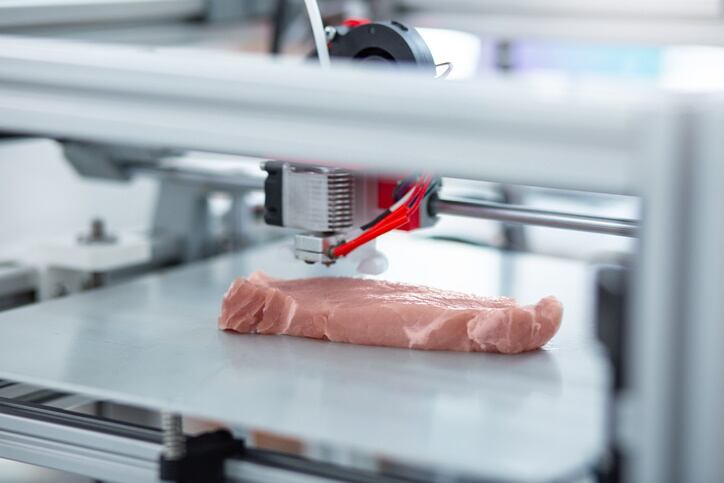
The ingredients used can also be precisely combined on-the-fly during the printing process itself to create entirely new digital materials designed to replicate a specific animal composite. This advanced capability is what allows an alternative-steak to go beyond taste, but also replicate texture and mouthfeel. As such, innovators can surpass creating minced meat products using conventional meat production methods to build whole cuts layer by layer via 3D printing.
“One of the other competitive advantages of using this technology is that every day we can significantly improve our steak products,” says Ben-Shitrit. “New design iterations to the meat’s structure can be made digitally via software within minutes, and several new sample ‘meat prototypes’ with different structural parameters can be printed, tasted and compared almost immediately.”
The process of ‘print, sample, repeat’ offers unprecedented speed in product development and a significant competitive advantage in tackling the complexity of replicating animal meat structure – especially when cracking steak.
Reinvent to create sustainable solutions
3D printing also contains the exciting ability to “reinvent the traditional supply chain and its centralised production models”, holds Ben-Shitrit. “Instead of depending on suppliers to deliver meat from the original source around the globe, 3D printing opens up a world of on-demand production at the site you need it, when you need it, in the exact quantity you need.”
Not only does this further increase sustainability in production by hugely reducing the pollution associated with logistics and waste, but 3D printing meat can also play a major role in overcoming shortages derived from disrupted supply chains.
“You only have to look at what we’re facing right now with the COVID-19, where cross-border logistics are being hugely impacted, or at geopolitical issues such as Brexit that can directly impact the supply chain,” Ben-Shitrit advises. “With on-demand production enabled close to the point of sale, these supply chain bottlenecks can be overcome,” emphasises Ben-Shitrit.
Product roll-out continues
Turning towards Redefine Meat’s plans and hopes for 2021 and beyond, along with those of the wider animal-free meat sector, Ben-Shitrit says the brand has big plans: “The next few years will be huge for Redefine Meat.”
The technology pioneer’s alt-meat products will reach the first restaurants and butchers in Israel within the coming months. In Q3, these will hit Europe, starting with Germany and Switzerland. Then later in 2021, the product range will launch in Asia followed by North America in early 2022.
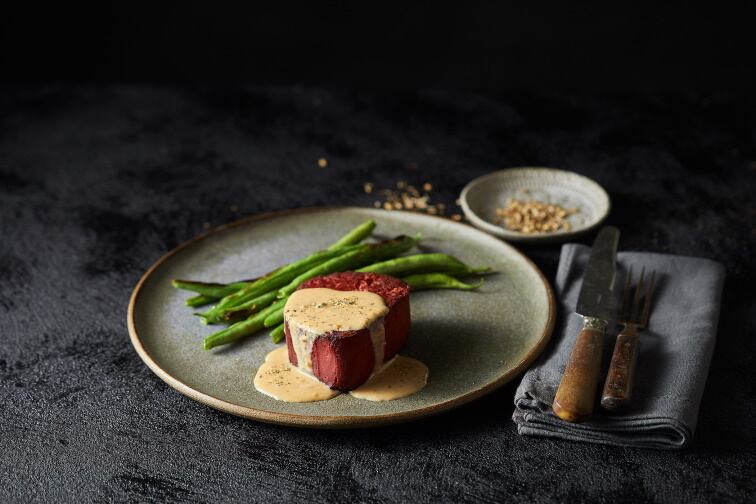
Meat alternatives post-COVID
The entire eating experience is based on far more than quantitative information or clear reasoning. In fact, there are so many parameters that we as humans do not know how to quantify or articulate, Ben-Shitrit explains: “But when we bite into our favourite cut of steak, we definitely feel them”.
Here lies a big innovation opportunity. “Tackling this challenge requires a new approach and a fundamentally different way of thinking when it comes to alternative meat—embracing complexity, not avoiding it,” Ben-Shitrit adds.
“We believe in the coming years we will start to see mainstream perception begin to shift,” says Ben-Shitrit.
“Consumer demand for tasty products is always there and the demand for more sustainable living is increasing, so as product quality increases and the diversity of alternative meat products expand, we will see a huge shift in mainstream adoption within the next five to ten years,” Ben-Shitrit predicts.
And these expectations are not only foreseen for vegans, vegetarians and flexitarians, but meat lovers too.
As for the industry’s projections, Mintel believes in the meat-free market’s ability to bounce back, and that any setbacks to the popularity of plant-based products will disappear in post-COVID recovery.

